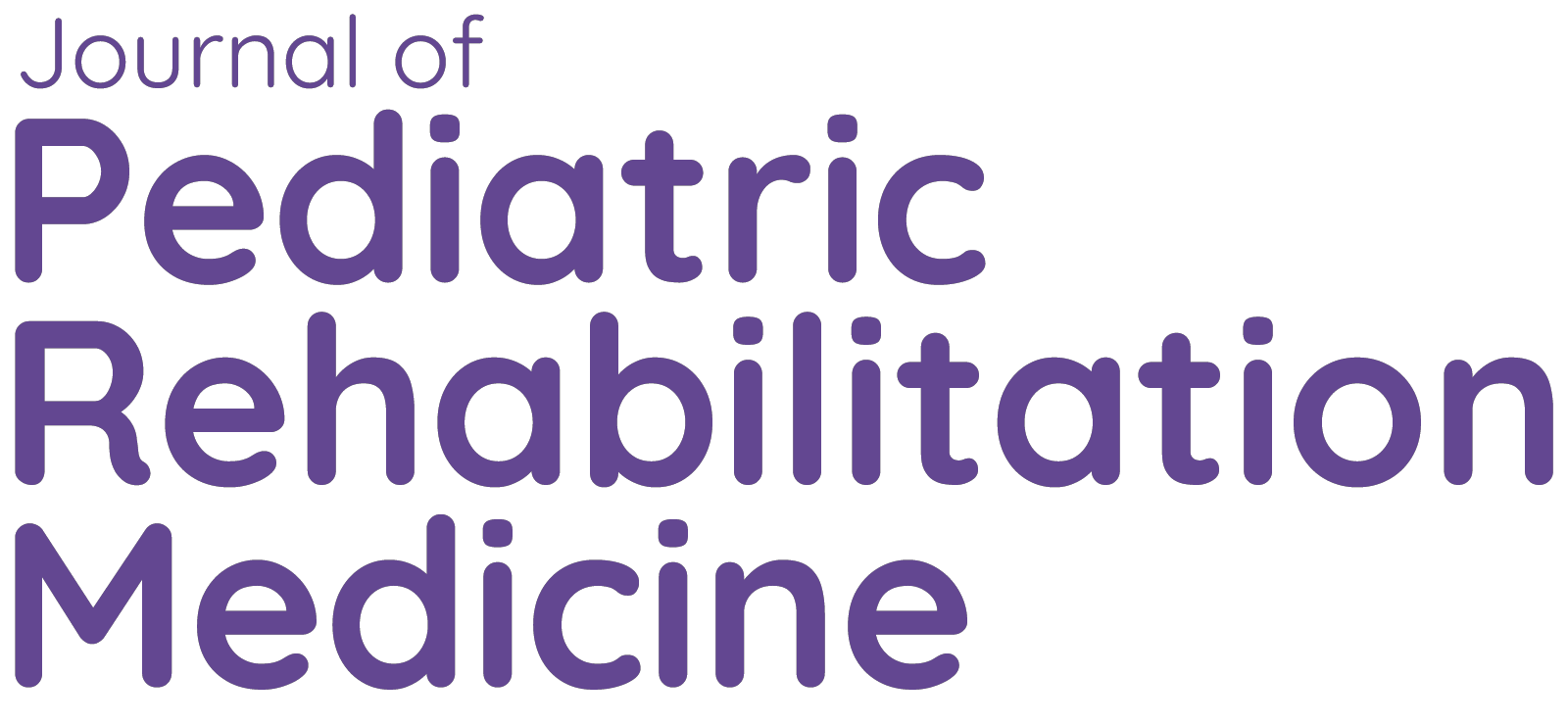Peer Review Policy
The Journal of Pediatric Rehabilitation Medicine is a peer-reviewed journal. Articles submitted to the journal undergo a double blind peer review process. This means that the identity of the authors is not known to the reviewers and the identity of the reviewers is not communicated to the authors. Please visit our reviewer guidelines for further information about how to conduct a review.
After automatic plagiarism screening through iThenticate, all submitted manuscripts are subjected to initial appraisal by the Editor-in-Chief and, if found suitable for further consideration, to rigorous peer review by independent, anonymous expert referees. Reasons to reject a paper in the pre-screening process could for example be that the work does not fall within the aims and scope, the writing is of poor quality, the instructions to authors were not followed or the presented work is not novel.
Papers deemed suitable to be reviewed will be assigned to a handling editor. The handling editor will then select reviewers to comment on the work and might consider including the reviewers suggested by the author(s) or not. Editors and reviewers are asked to excuse themselves from reviewing a submission if a conflict makes them unable to make an impartial scientific judgment or evaluation. Conflicts of interest include but are not limited to: collaboration with the authors in the past three years; any professional or financial affiliations that may be perceived as a conflict of interest; a history of personal differences with the author(s).
As a standard policy, decisions are based on three reviews, including a statistical review when relevant. In some specific circumstances a minimum of two reviews may be deemed sufficient to make a decision on a paper. The Editor-in-Chief strives to ensure a typical turnaround time of 3 months.
Reviewers are asked to judge a paper on at least:
- Significance to field
- Relevance to journal
- Methodology
- Data analysis
- Literature review
- Writing style/clarity
Based on the received reviews the handling editor will propose to the Editor-in-Chief a recommendation:
- Accept
- Minor revisions required
- Major revisions required
- Reject and resubmit
- Reject
They mean the following:
- The manuscript is suitable for publication and only requires minor polishing; thus, no further reviews are requested.
- The authors are required to make moderate changes to their manuscript. The manuscript becomes acceptable for publication if the changes proposed by the reviewers and editors are successfully addressed. The revised manuscript will be examined by the Editor in Chief and possibly sent back to all (or a selection of) reviewers for a second round of reviews. Authors are requested to provide a letter to the reviewers detailing the improvements made for the resubmission.
- The manuscript cannot be accepted for publication in its current form. However, a major revision addressing all issues raised by the reviewers may be acceptable for publication. The revised manuscript will undergo a second round of review. Authors are requested to provide a letter to the reviewers detailing the improvements made for the resubmission.
- In its current form, the manuscript is not suitable for publication. A resubmission would require substantial revisions and is only encouraged in special cases. The resubmitted manuscript will be considered as a new submission.
- The manuscript is rejected as it is deemed to be out of scope, not relevant, or not meeting the journal’s quality standards in terms of significance, novelty, and/or presentation.
Authors are notified by the Editor-in-Chief, whose decision is final.
In-house submissions are subjected to the peer review process described above. Co-authors who are also members of the Editorial Board are not involved in any way with the peer review process of articles of their (co-)authorship, and are asked to disclose this information in the section conflict of interest.
